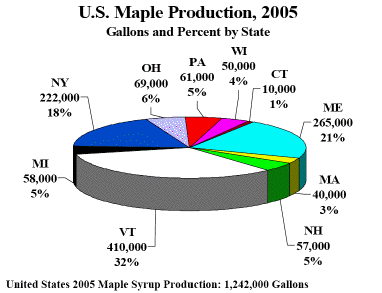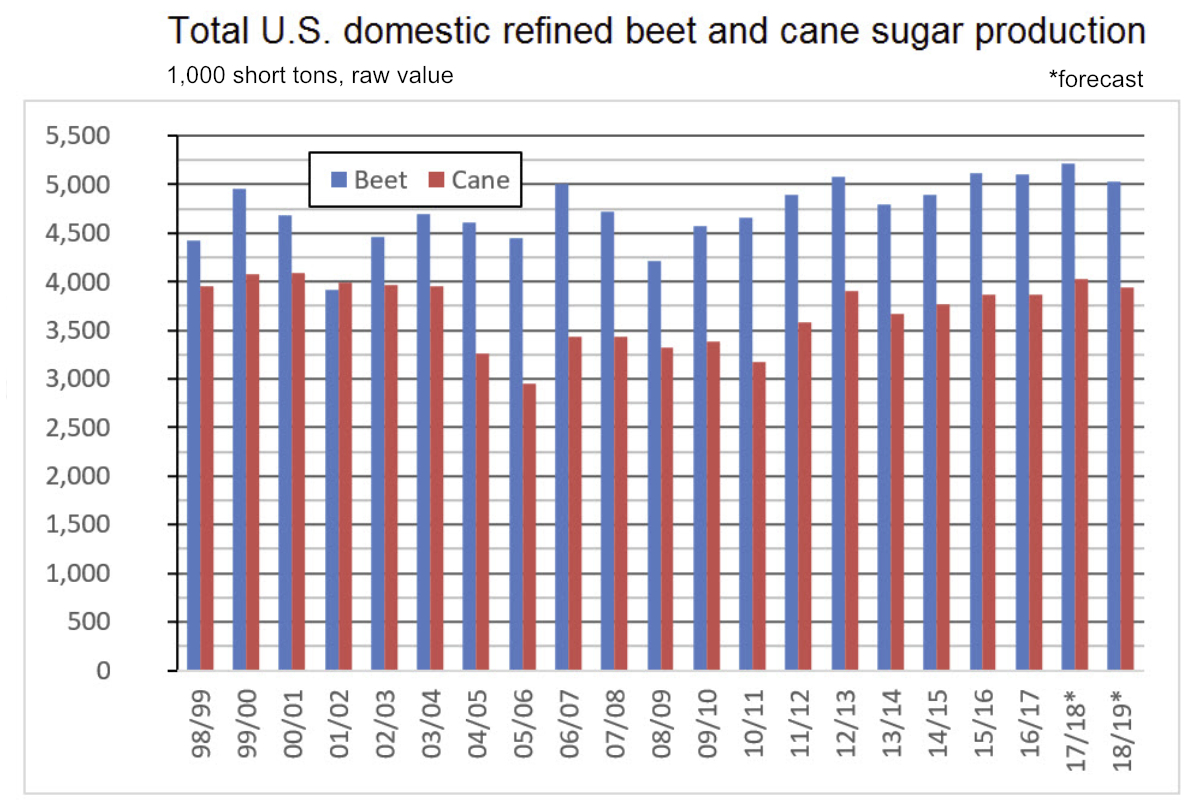

- #Fman 493 sugarbush production and management how to#
- #Fman 493 sugarbush production and management professional#
This harmful behavior is usually a sign of stress and needs to be dealt with swiftly. Poultry cannibalism is a serious and costly problem that may affect a flock that is not managed correctly.
#Fman 493 sugarbush production and management how to#
Beginners can also find valuable tips on how to organize small-scale egg production with specific advice on budgeting, getting started, sanitary and health requirements, regulations, and organic modes of production. Raising fowl in urban areas is becoming increasingly popular. Those who wish to grow broilers can join the Small-Scale Poultry Production and Processing Workshop for advice on feeding broilers, managing the flock, processing basics, and important regulations.

Small poultry producers can find advice on how to start their first flock: from hatching eggs and caring for young chicks to handling pullets and adult laying hens. Raising Backyard Chickens and Small Poultry Flocks More information on this topic, as well as detailed advice on meeting HACCP standards, is available. In small flocks, the quality of the eggs depends on how well the flock is raised, how the coop and nests are organized, and how eggs are collected and handled. The Hazard Analysis Critical Control Point (HACCP) system is the best farm-to-table approach for reducing the risk of contamination of eggs with pathogens such as Salmonella enteritidis. Safety and quality are important aspects of any product. You can find resources on rooster and hen reproduction, biological processes within the fertilized egg, distinguishing fertilized from non-fertile eggs, and incubation charts for many different fowl species. This section also contains useful information on poultry reproduction and genetics.

While heritage birds will likely need more feed and will not be able to match hybrids in terms of growth rates, they can yield high-quality poultry products, which is especially important in organic poultry production. Those interested in producing poultry products with a distinctive flavor may want to consider heritage breeds. In this case, dual-purpose breeds are the best choice. It is recommended to slaughter broilers as soon as they reach their desired weight since older birds require more feed and may accumulate fat.īackyard poultry producers are more likely to be interested in raising chickens for both eggs and meat. Commercial hybrids can reach the desired weight much faster and on less feed, compared to purebred birds. One important factor when choosing meat birds – also called broilers – is how quickly and efficiently they are able to develop a desirable carcass. Key factors include providing a diet rich in calcium and managing the number of laying cycles.
#Fman 493 sugarbush production and management professional#
Professional egg producers can increase the output of laying hens to nearly 300 eggs per year, twice the average during the middle of the 20th century.

Backyard farmers looking to raise a small flock of laying chickens can find a quick guide with tips on feeding, proper cooping, healthcare, and egg sale laws. If you are still at the planning stage, it is worthwhile to get familiar with best poultry management practices and have a clear idea whether your priority is egg production or raising chickens for meat.Ĭommercial breeds of laying chickens produce up to 260 eggs per year with the results dependent on the specific breed and factors such as floor space, the type of feed, nests, and lighting. Raising Chicken for Meat and Eggs: Deciding on a Breed Penn State Extension offers information on flock production and management for commercial-scale flocks, as well as backyard and urban poultry farms. Whether you are new to the poultry business or have plenty of experience in poultry production and management, the resources below will help you with valuable tips on chicken breeds, laying versus meat chickens, cannibalization, egg production, and flock management.


 0 kommentar(er)
0 kommentar(er)
